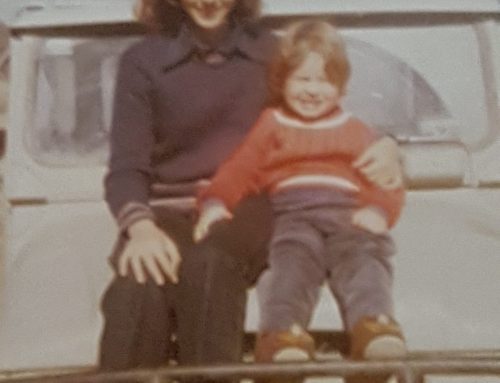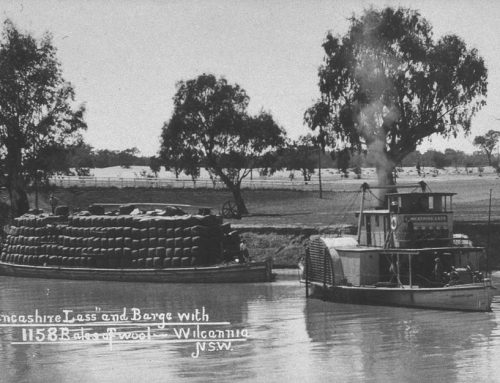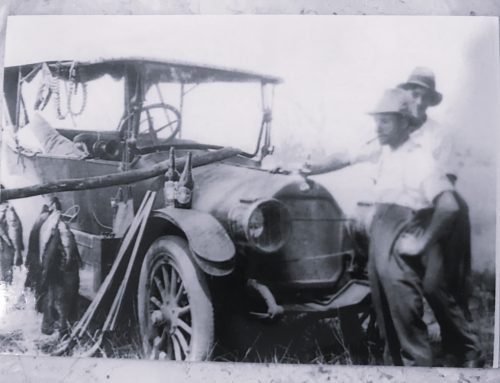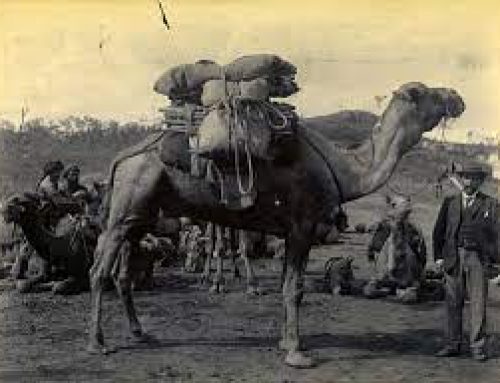Fancy having your waist strangled by whalebone? Or using coal-heated tongs and risking your hair burning? At the turn of the century women’s fashion was very feminine, but also restrictive and modesty prevailed. Long sleeved blouses, skirts and dresses ensured skin was covered. Tops were billowy and loose, and sleeves exaggerated, the extra fabric enhancing a top-heavy shape. The fashionable s-shaped corset narrowed the waist and pushed the bust forward and the hips back, supposedly a far healthier style of corset than the rigid varieties on offer before the 1900-1910 Edwardian age, but really what corset could possibly be healthy. There is more than one account of women fainting from these monstrous devices.
As always being fashionable was important for the wealthy. Gorgeous fabrics such as silk, satin, damask and chiffon were accentuated with the finest lace. And hats, large hats, were most definitely in. Enormous hats required hair that could support them. Curled, braided, puffed. Even hair pieces were used to achieve the Gibson Girl style. The Gibson Girl was the personification of feminine beauty as portrayed by the pen-and-ink illustrations of artist Charles Dana Gibson during a 20-year period that spanned the late 19th and early 20th centuries in the United States. The artist saw his creation as representing the composite of ‘thousands of American girls’ and the world took notice.
In the country the fashionable kept a keen eye on the latest modes. If you were a wealthy grazier’s wife or married to a savvy businessman you could afford a dressmaker to whip you up the latest styles and some events demanded the very best. The picnic race meeting at Bourke was such a major social event that bolts of cloth increased ten-fold on normal orders, and it was delivered via paddle-steamer, train and dray. By 1909 milliners were arriving en-masse by train from Sydney a few months in advance to fulfil the demand for hats. Keeping abreast of the latest trends wasn’t a problem for those in the interior if you had access to magazines. The Town and Country Journal provided everything from National and international news to the latest fashion in The Ladies Pages. Here everything from new styles direct from the couture houses in Paris and Vienna, to the preferred material and trim as well as accessories was carefully curated for the well-dressed woman.
For those whose budgets didn’t stretch to new clothes the revamping of old dresses became vital and journals such as the Town and Country were just as invaluable for those country women who remodeled their dresses annually, some through need, others for that rare trip into town. So much could be done with an extra pleat or a ruff of lace. But spending money on clothes was a luxury for many and for some the corset was unaffordable, for others, it was discarded and only worn on special occasions. Who could work in such an uncomfortable contraption, although many women did. As the decade wore on floaty tea dresses and lower necklines became popular and women involved in business and those who liked leisure activities such as riding and tennis, gradually moved away from the constrictive clothing of the past. Sensibility won. Easy to wear two-piece suits, and plainer skirts and blouses offered a leaner silhouette that slowly edged out the Gibson pretty girl style.
This blog is based on research undertaken for The Last Station.
(images: Women’s blouses – The Town & Country Journal. Pale blue muslin silk & lace dress 1910-14 – The Victorian Collections belonging to Lillian Ballantine. The Gibson Girl – an iconic Gibson Girl portrait by Charles Dana Gibson)






Leave A Comment